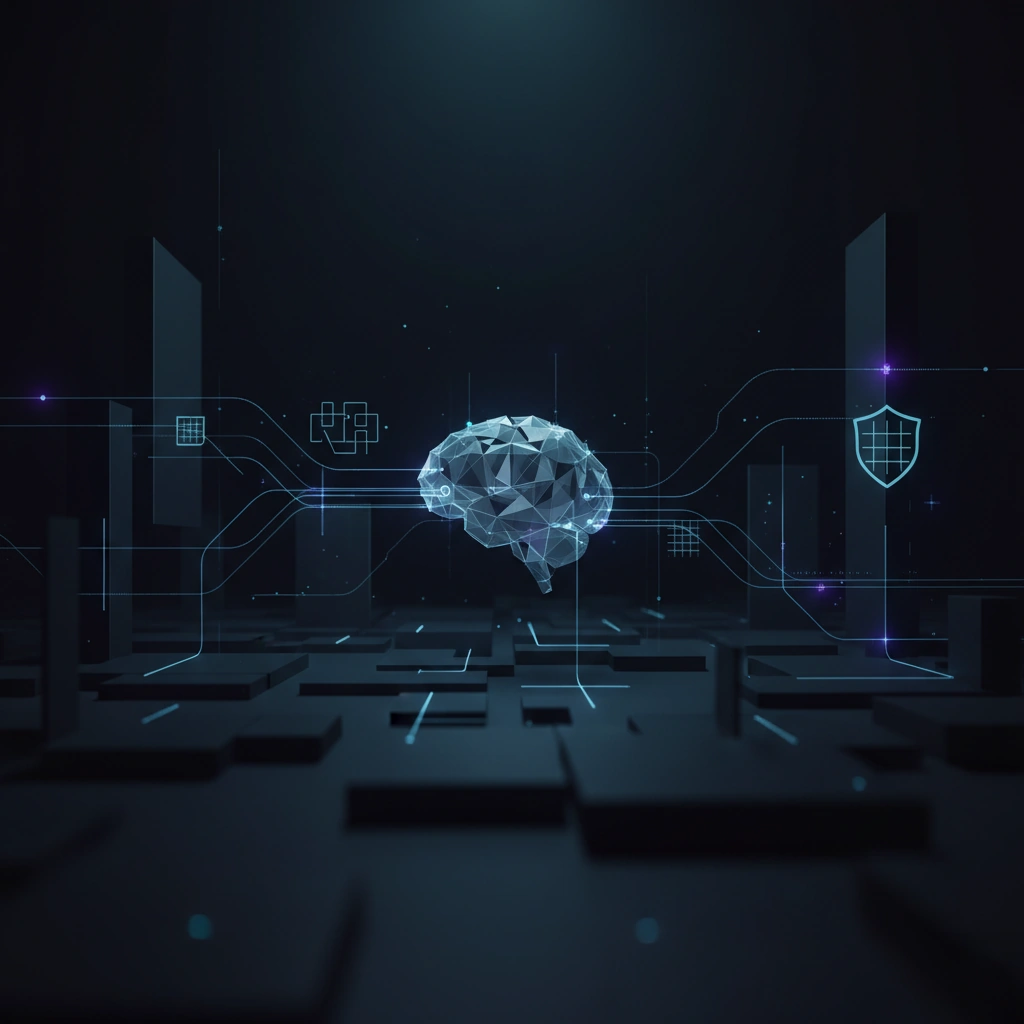Jr. AI Scientist: Autonomous Research System and Risk Analysis
New research introduces Jr. AI Scientist, an autonomous system that conducts scientific exploration from baseline papers. The study includes comprehensive risk assessment frameworks for AI-driven research automation.

A new research paper from arXiv introduces Jr. AI Scientist, an autonomous artificial intelligence system designed to conduct scientific exploration independently from baseline research papers. The work represents a significant advancement in AI-driven research automation and includes a comprehensive risk assessment framework.
Autonomous Scientific Research System
Jr. AI Scientist operates by analyzing existing baseline papers and autonomously generating research hypotheses, designing experiments, and exploring novel scientific directions. The system employs large language models and reasoning capabilities to understand research contexts, identify gaps in current knowledge, and propose methodologically sound investigations.
The architecture enables the AI to process scientific literature, extract key concepts and methodologies, and formulate research questions that extend beyond the original work. This represents a fundamental shift from AI as a research assistant to AI as an independent scientific agent capable of driving its own research agenda.
Technical Implementation Details
The system integrates several key components for autonomous research operation. Natural language processing modules parse and understand scientific papers at a deep semantic level, extracting not just factual information but also implicit assumptions, methodological choices, and theoretical frameworks that inform the research direction.
The research generation pipeline employs multi-stage reasoning processes. First, the system identifies promising research directions by analyzing gaps, limitations, and potential extensions mentioned in baseline papers. Second, it formulates specific hypotheses and research questions grounded in the existing literature. Third, it designs experimental protocols or computational approaches to test these hypotheses.
A critical technical component involves the system's ability to evaluate the feasibility and scientific merit of proposed research directions. This requires sophisticated understanding of research methodologies, experimental constraints, and the broader scientific context within which the research exists.
Risk Assessment Framework
The paper's inclusion of a comprehensive risk report addresses critical concerns about autonomous AI research systems. The risk assessment framework evaluates multiple dimensions of potential negative impacts and failure modes.
Key risk categories include research quality concerns, where autonomous systems might generate scientifically invalid or methodologically flawed research. The framework examines how to validate AI-generated hypotheses and ensure they meet rigorous scientific standards before resource investment.
Another significant risk dimension involves research ethics and responsible innovation. Autonomous research systems could potentially explore dangerous or harmful research directions without appropriate ethical oversight. The risk assessment considers safeguards and human-in-the-loop mechanisms to prevent problematic research trajectories.
The paper also addresses reproducibility and transparency challenges. AI-generated research must maintain clear documentation of reasoning processes, assumptions, and decision points to enable verification and replication by human scientists.
Implications for Scientific Research
Jr. AI Scientist represents progress toward fully autonomous scientific discovery systems. The potential benefits include accelerated research cycles, exploration of overlooked research directions, and systematic investigation of large hypothesis spaces that would be impractical for human researchers alone.
However, the work also highlights fundamental questions about the nature of scientific creativity, intuition, and the role of human judgment in research. The risk report acknowledges that while AI can automate certain aspects of research, human oversight remains essential for ensuring scientific rigor, ethical compliance, and meaningful contribution to knowledge.
The system's ability to conduct autonomous scientific exploration raises questions relevant to AI video and synthetic media research. As AI systems become capable of independent research in specialized domains, similar architectures could autonomously explore novel approaches to video synthesis, deepfake generation and detection, or authenticity verification methods.
Future Research Directions
The paper establishes a foundation for evaluating autonomous AI research systems and understanding their capabilities and limitations. Future work will likely focus on improving the quality of AI-generated research, developing better validation mechanisms, and establishing governance frameworks for autonomous scientific exploration.
The risk assessment methodology presented in the paper could serve as a template for evaluating other autonomous AI systems across different domains, including those focused on content generation, media manipulation, and authenticity verification technologies.
Stay informed on AI video and digital authenticity. Follow Skrew AI News.



